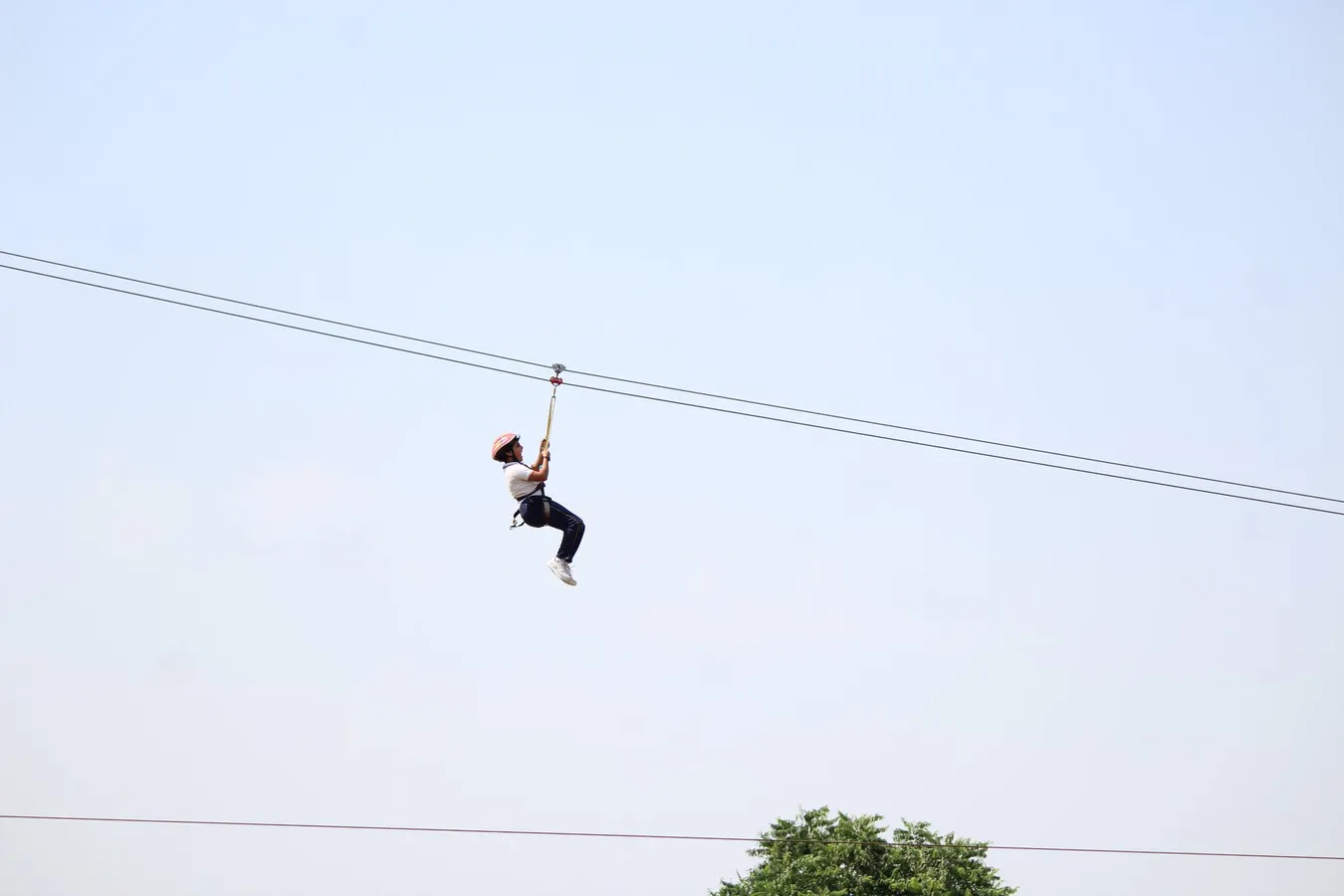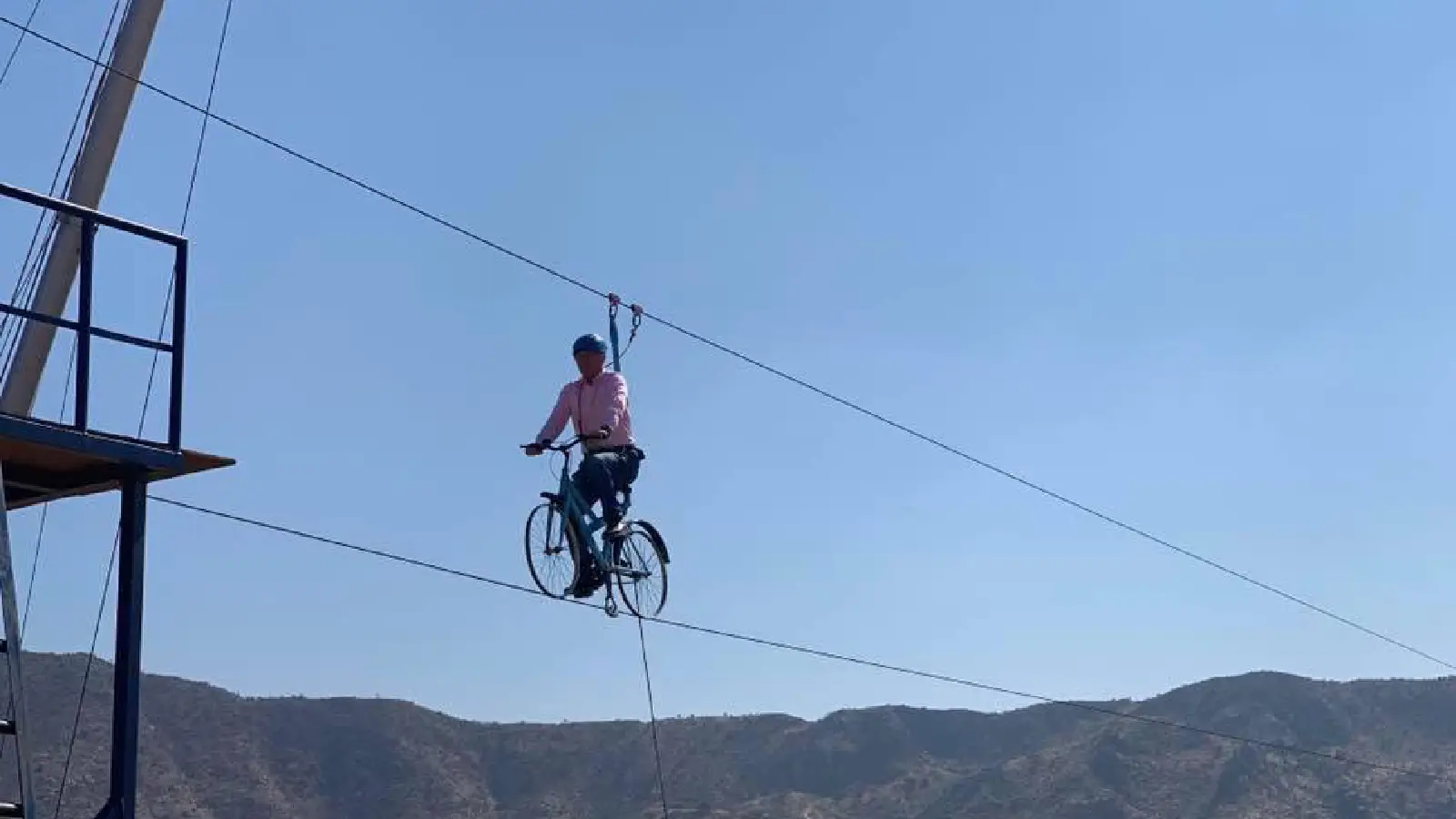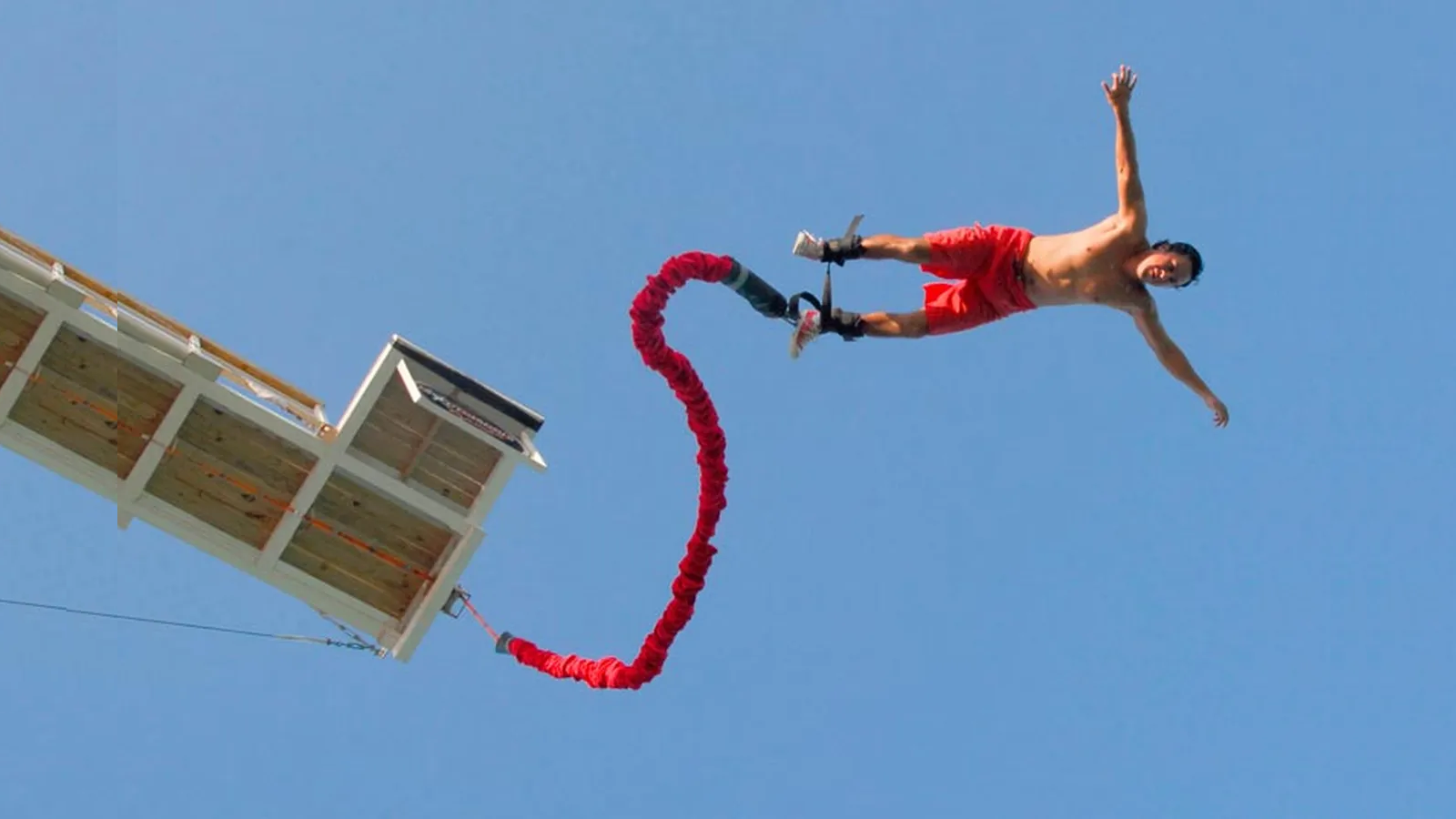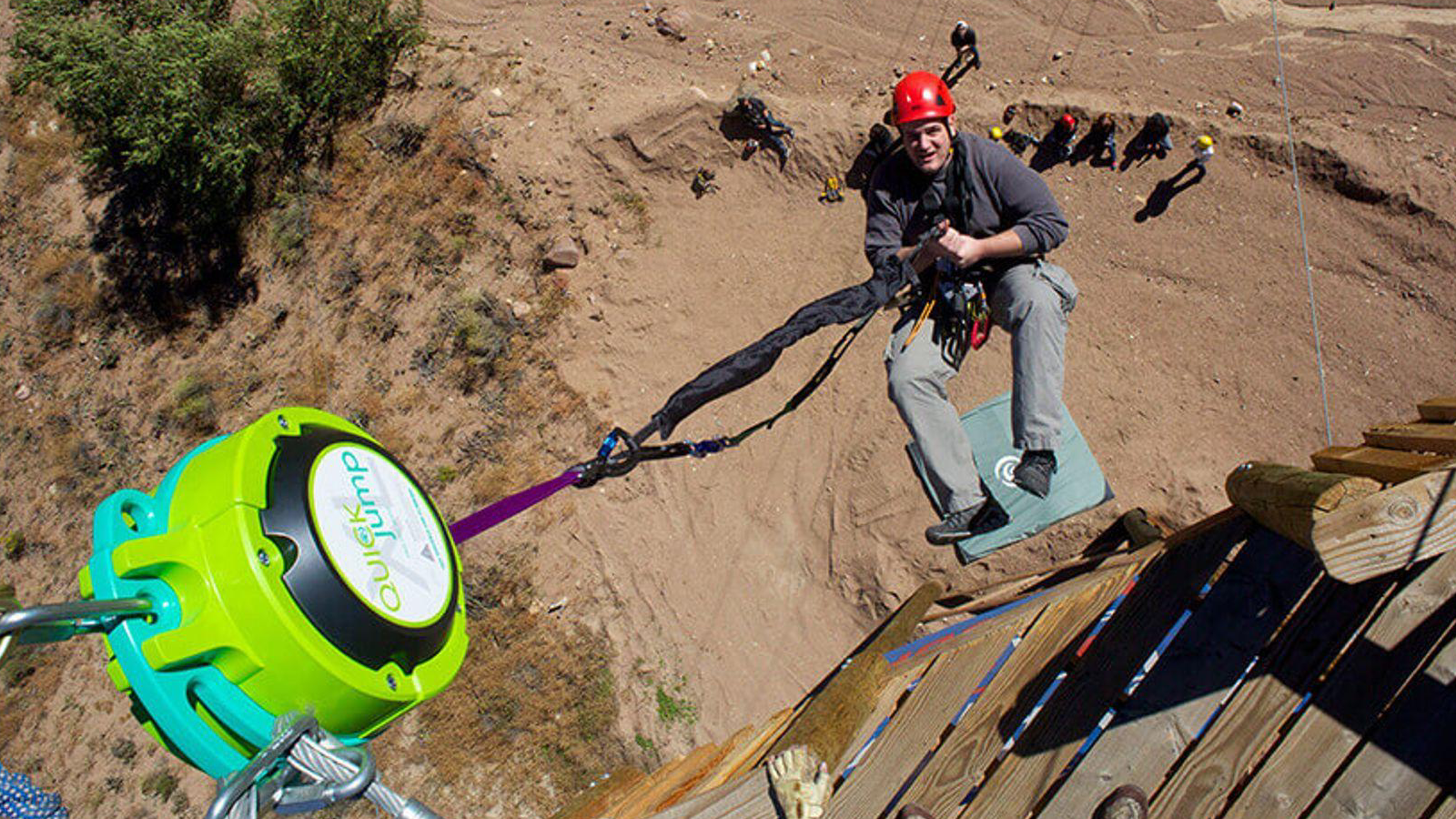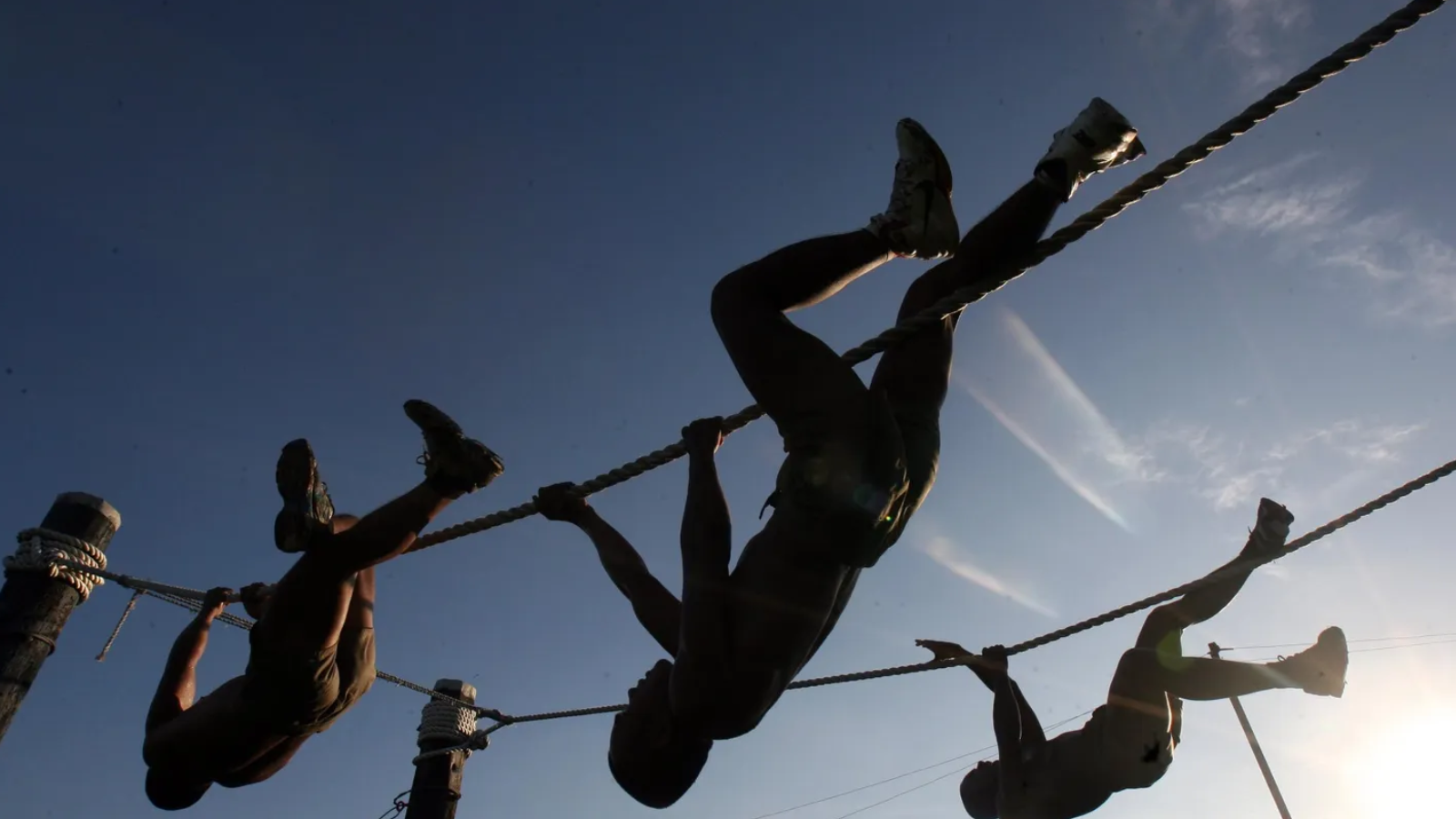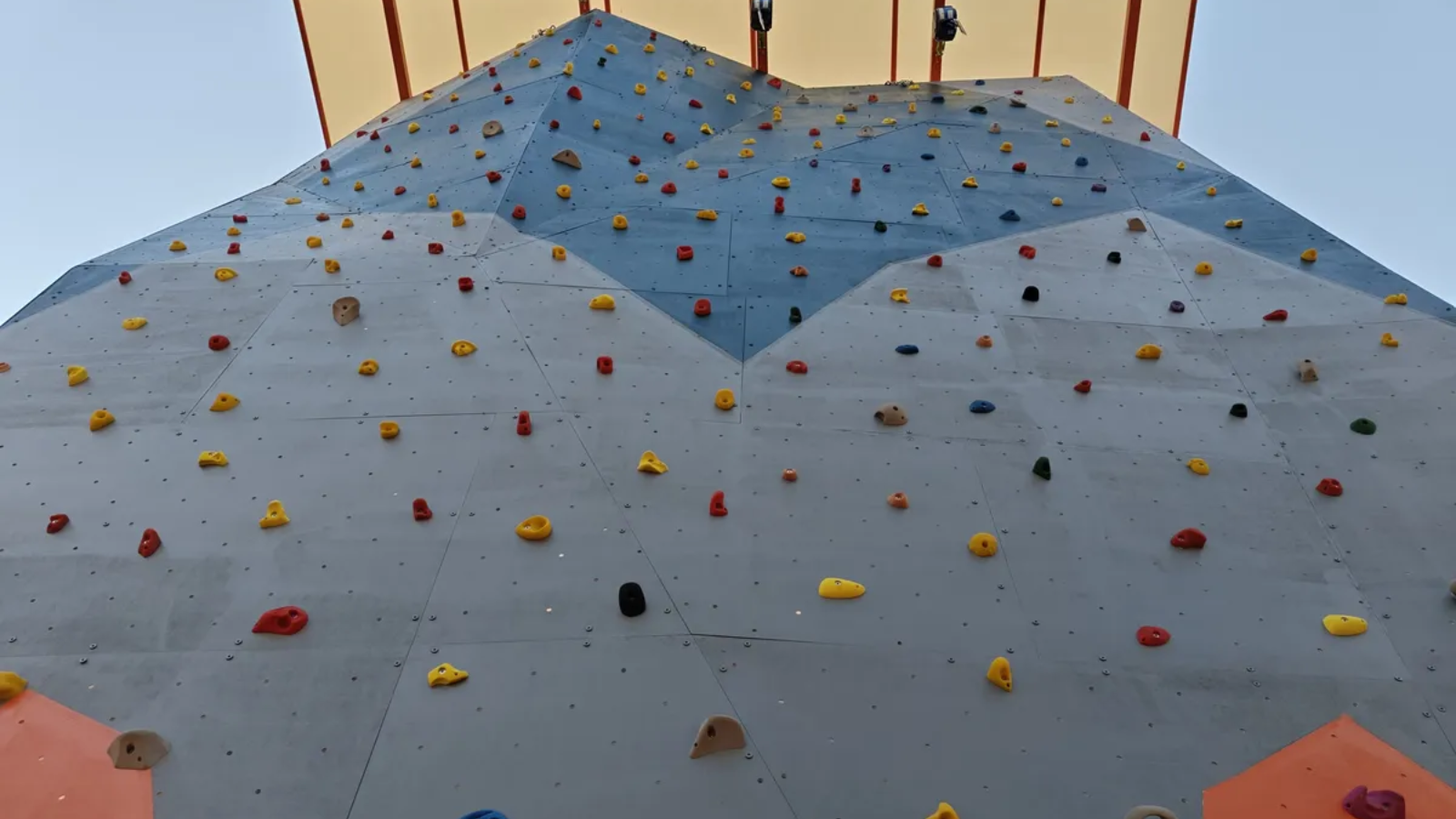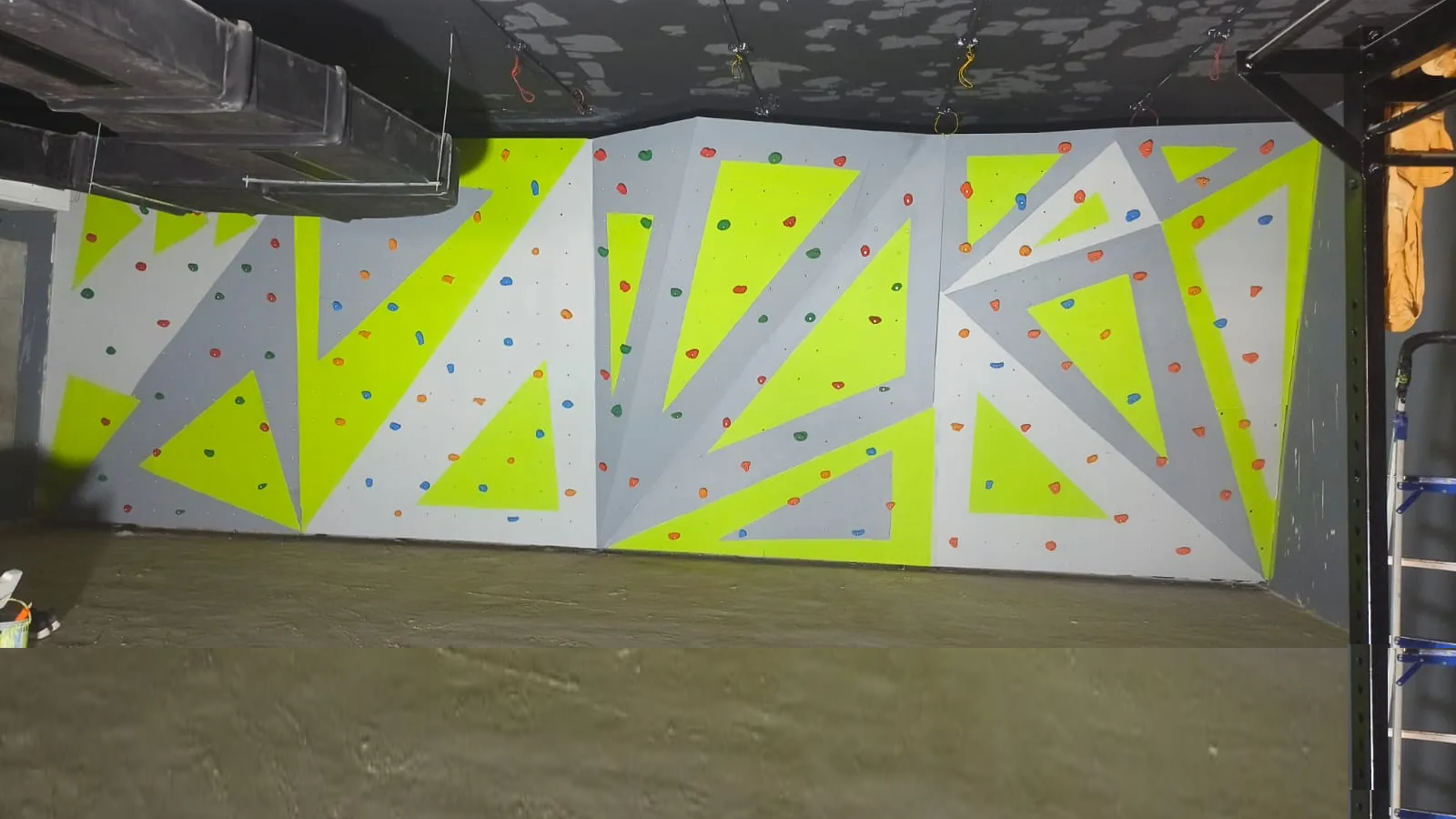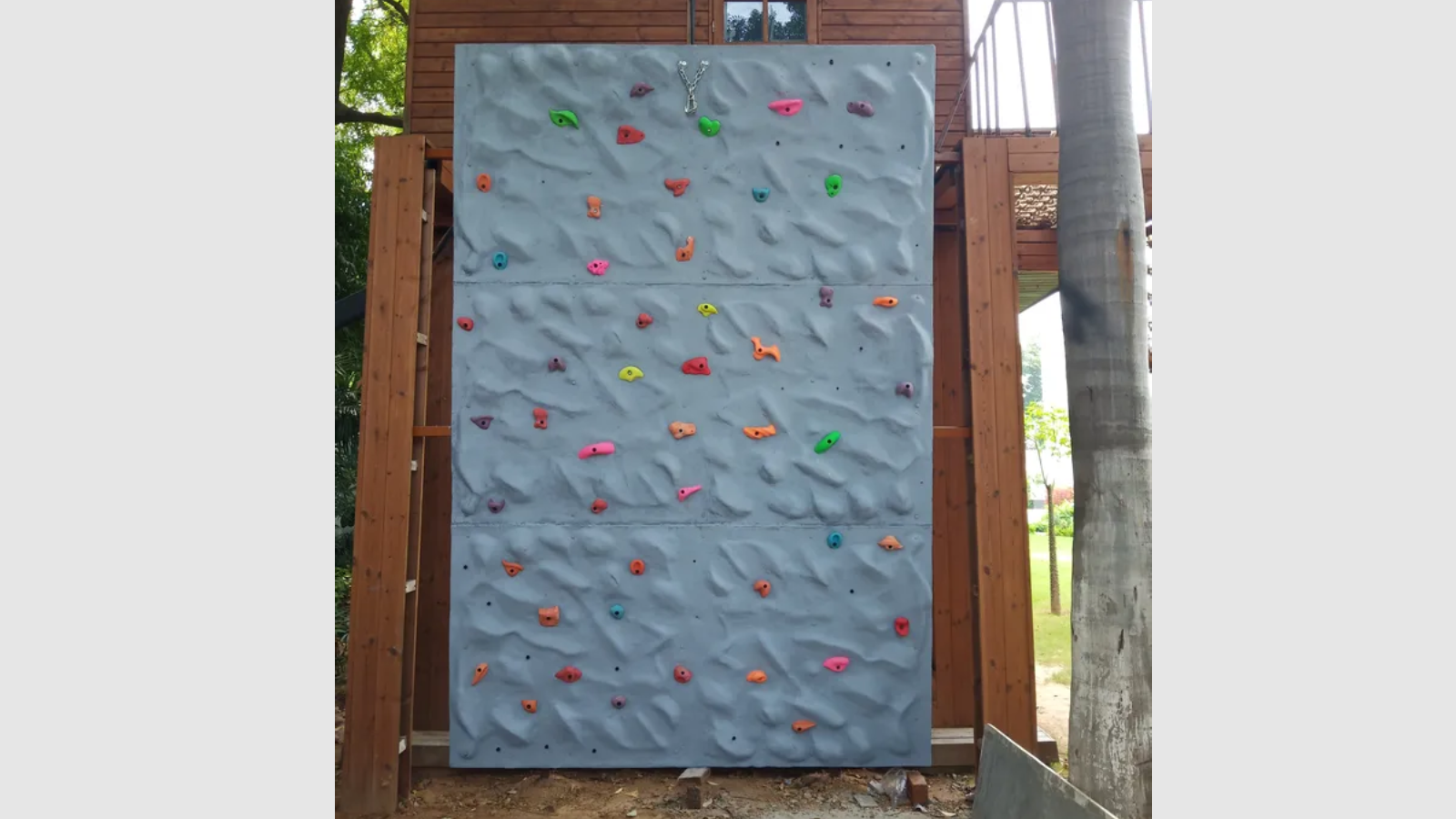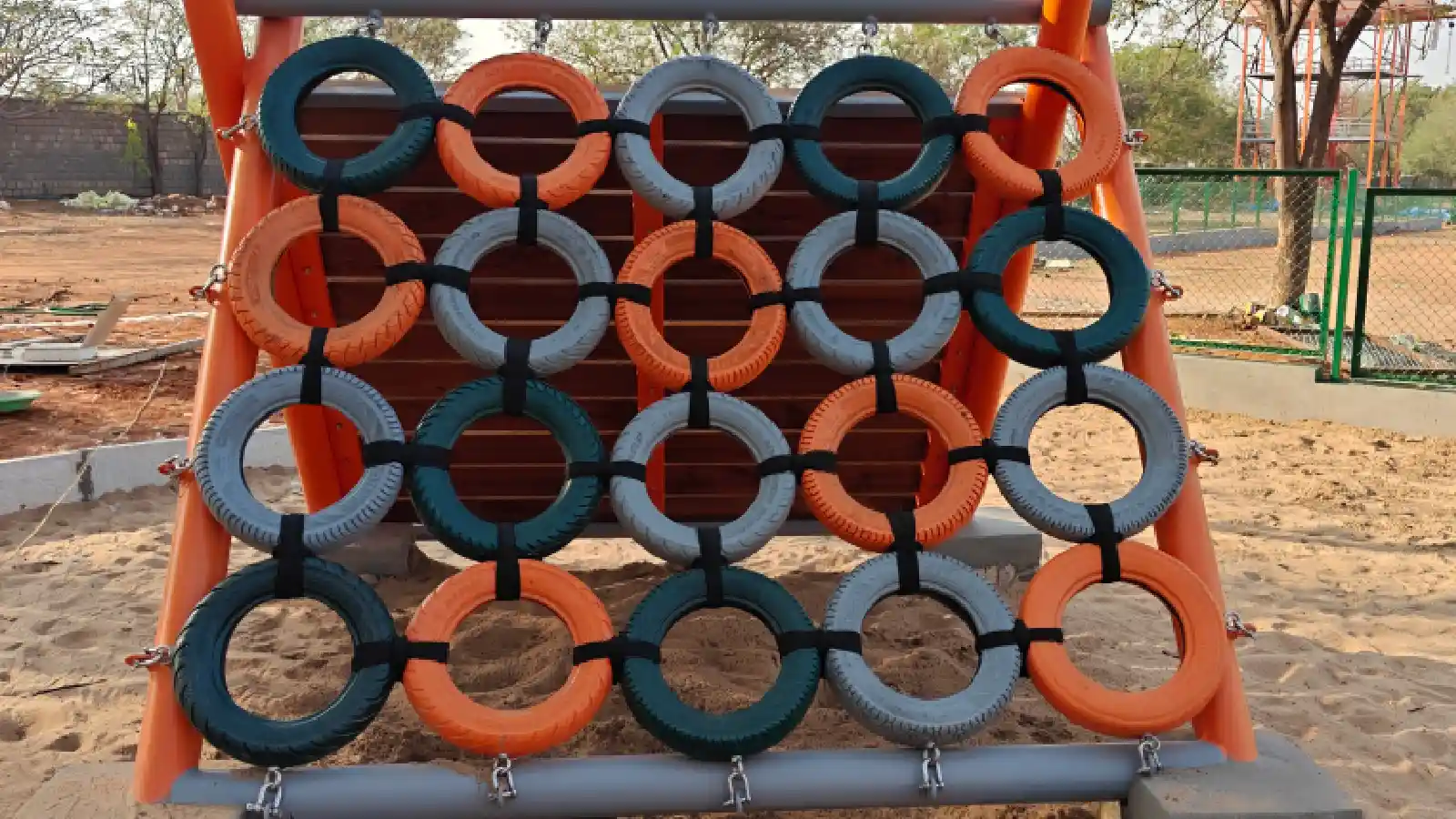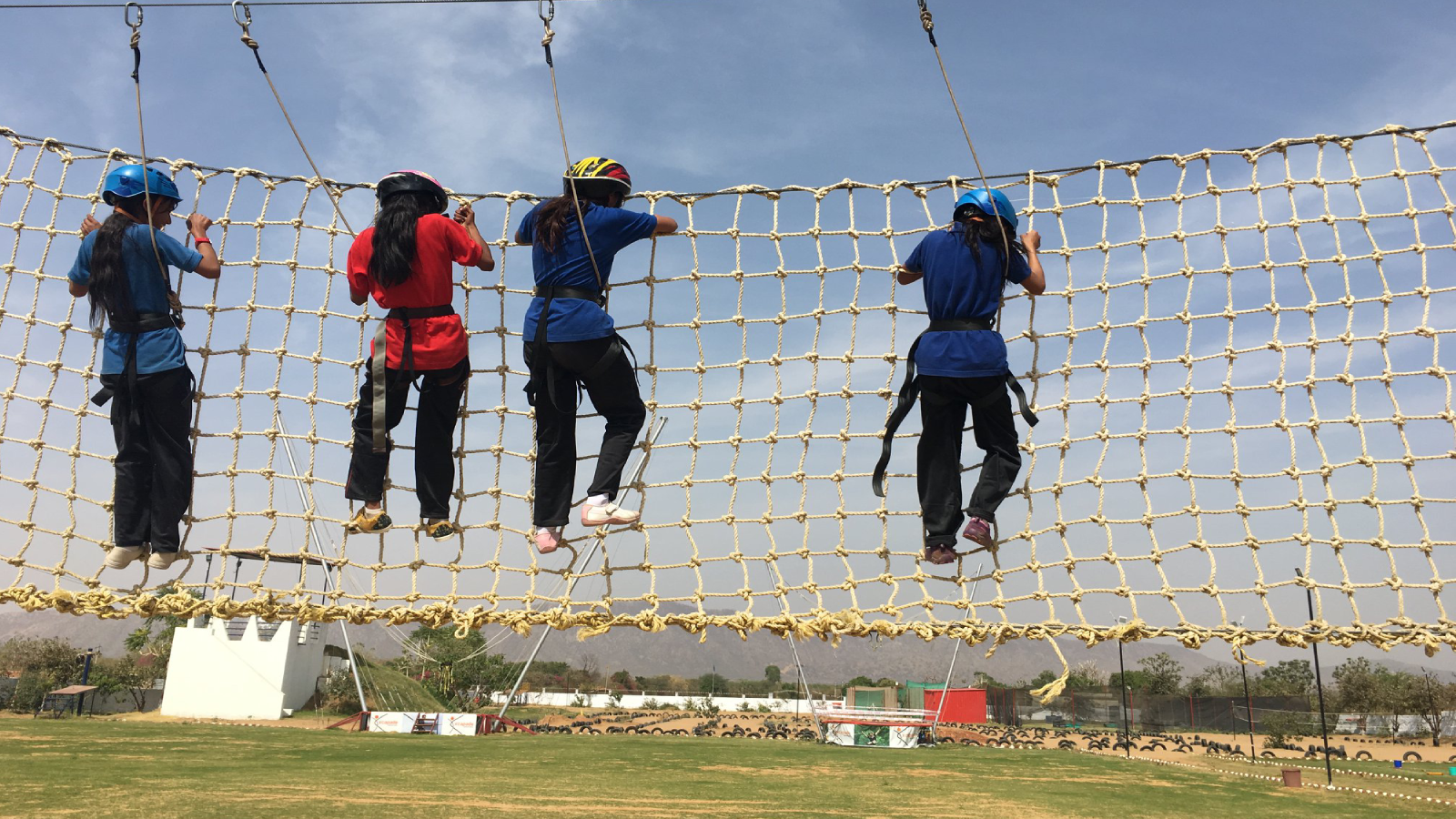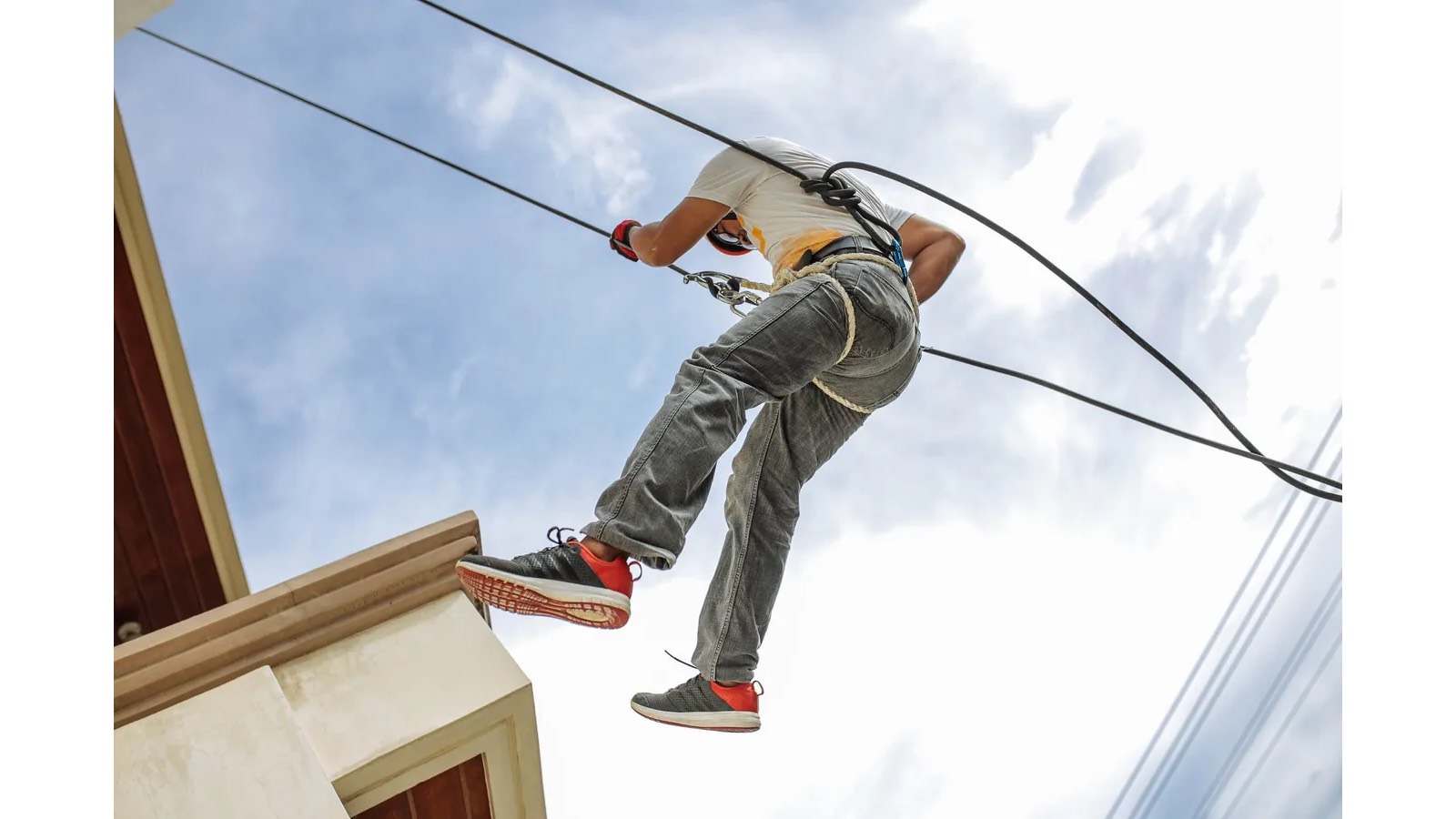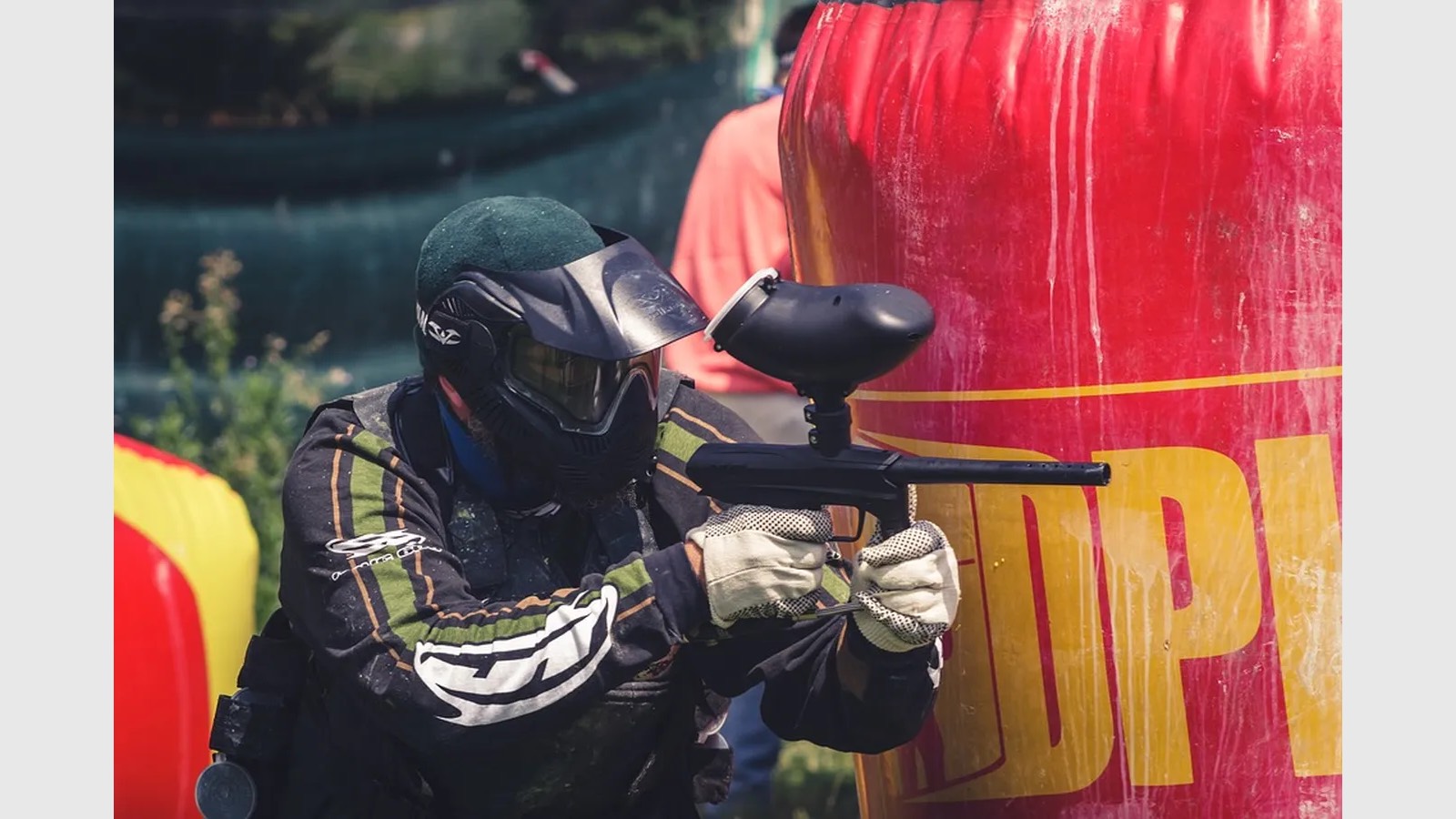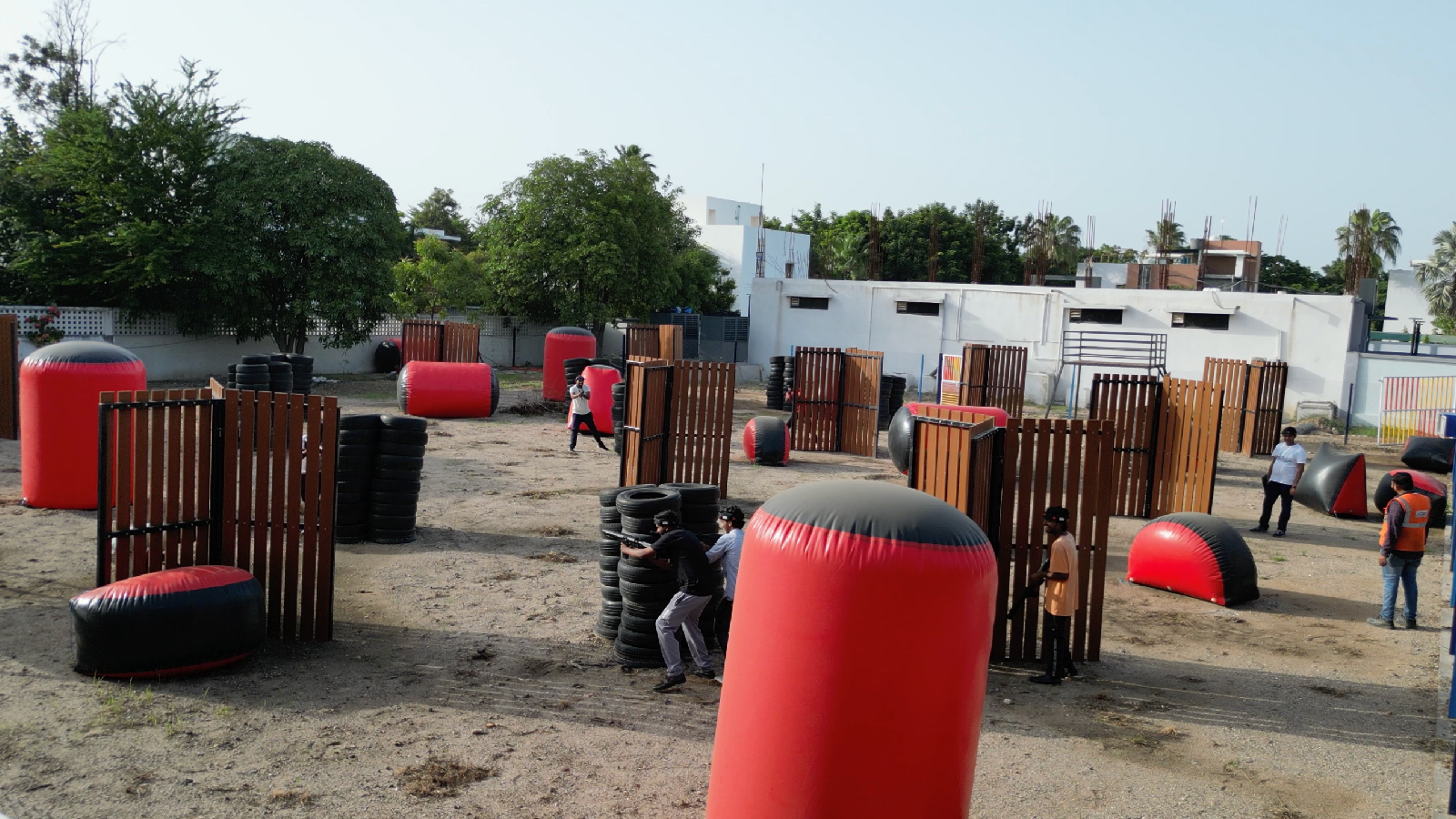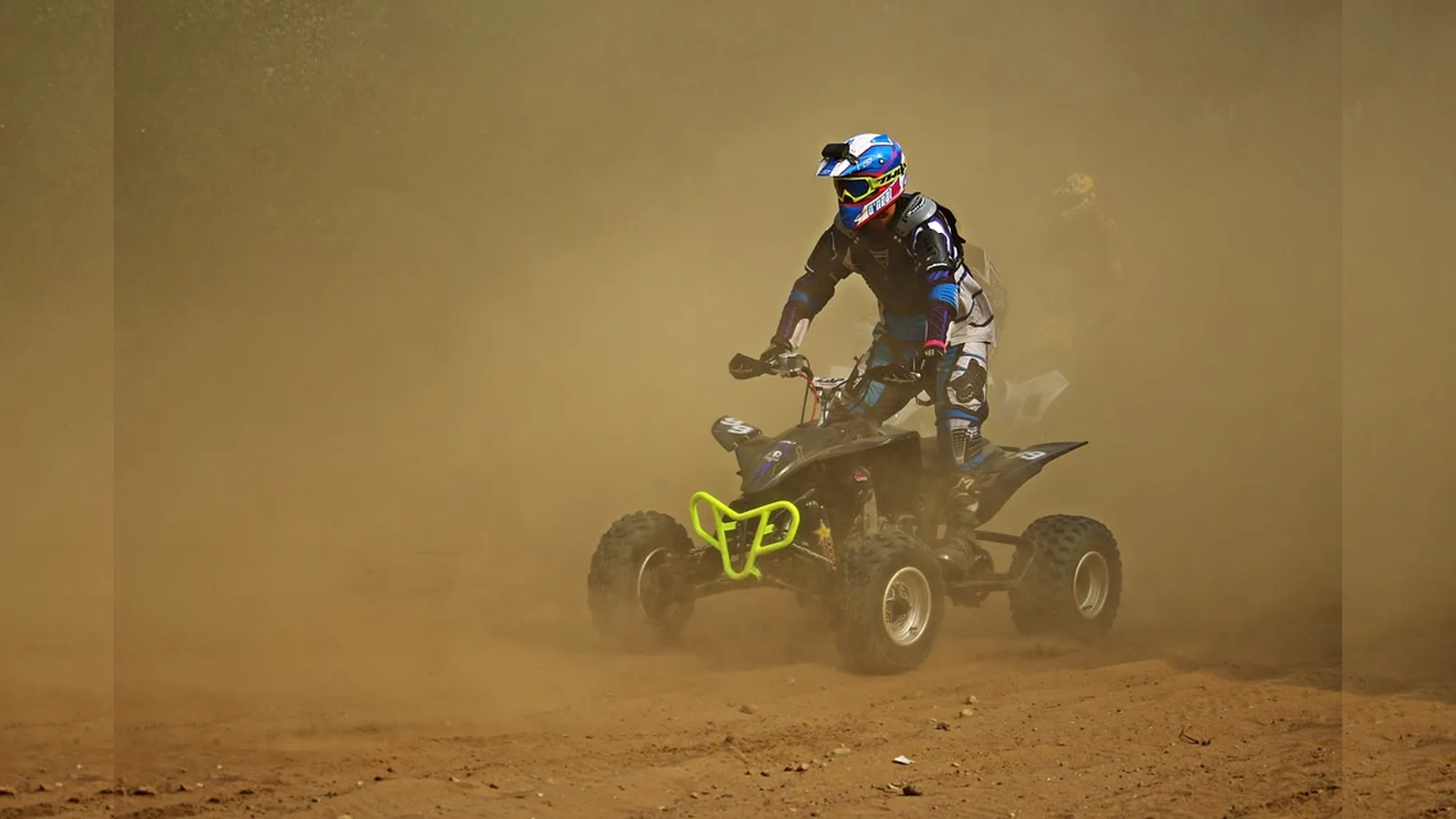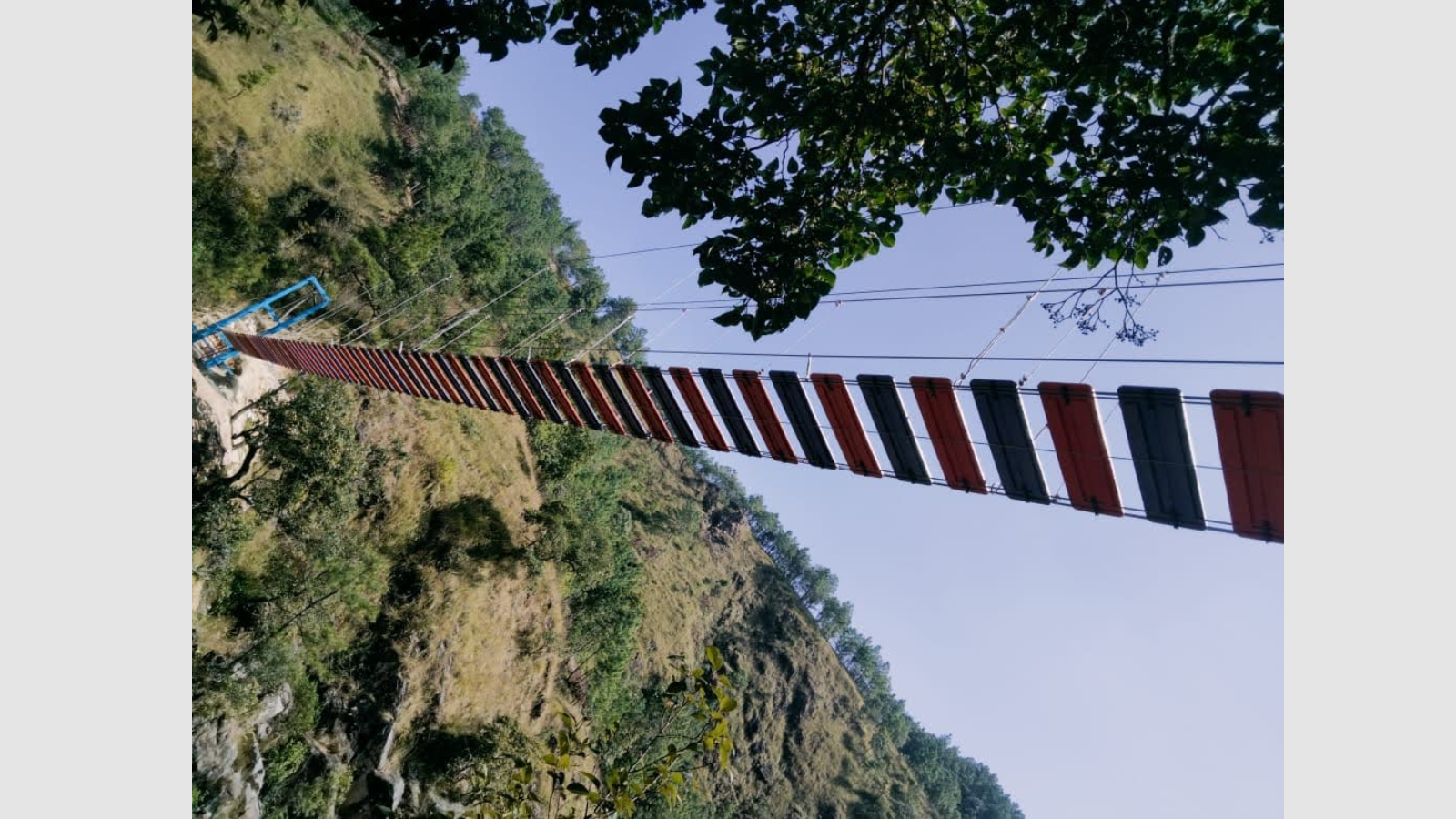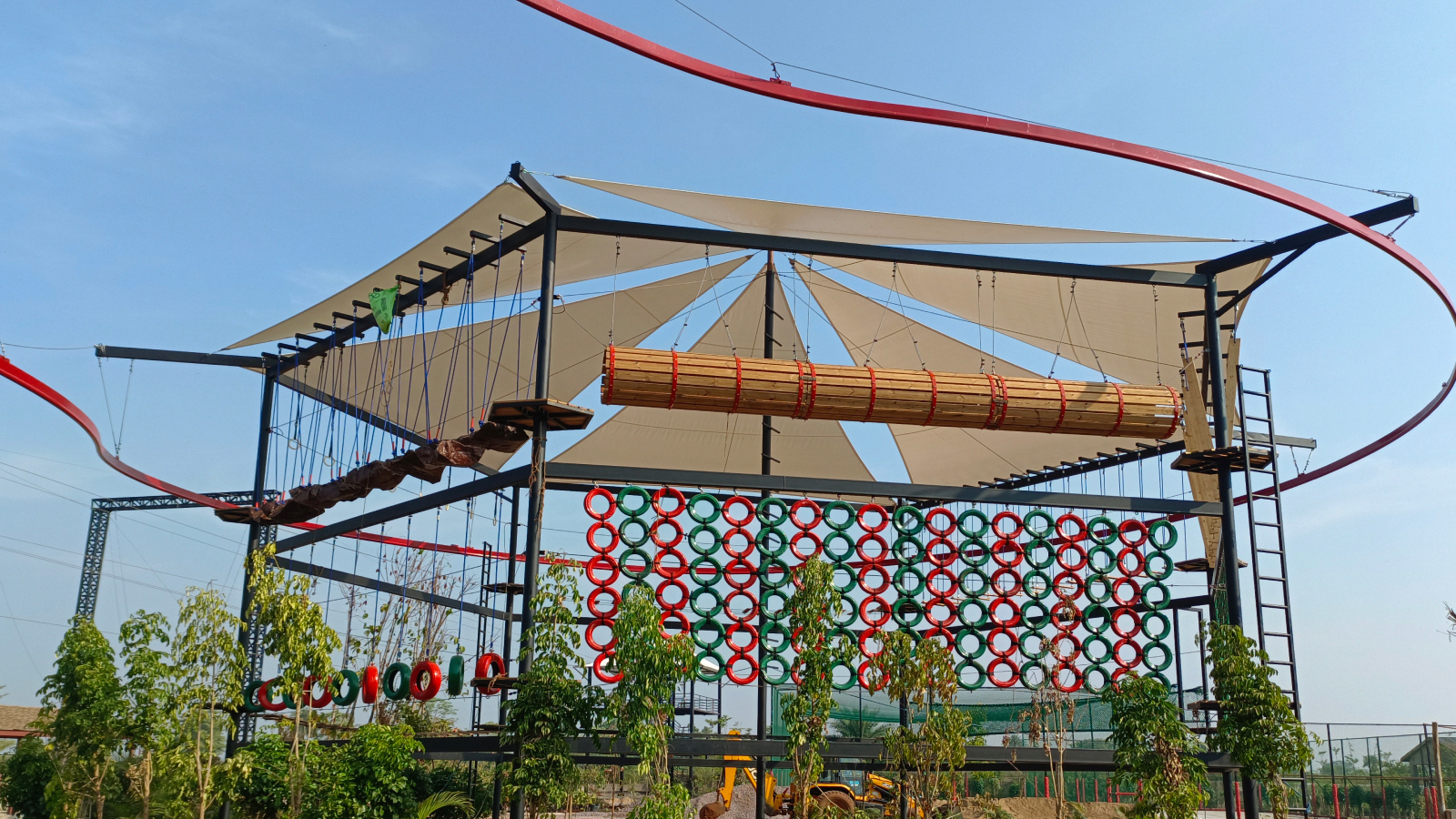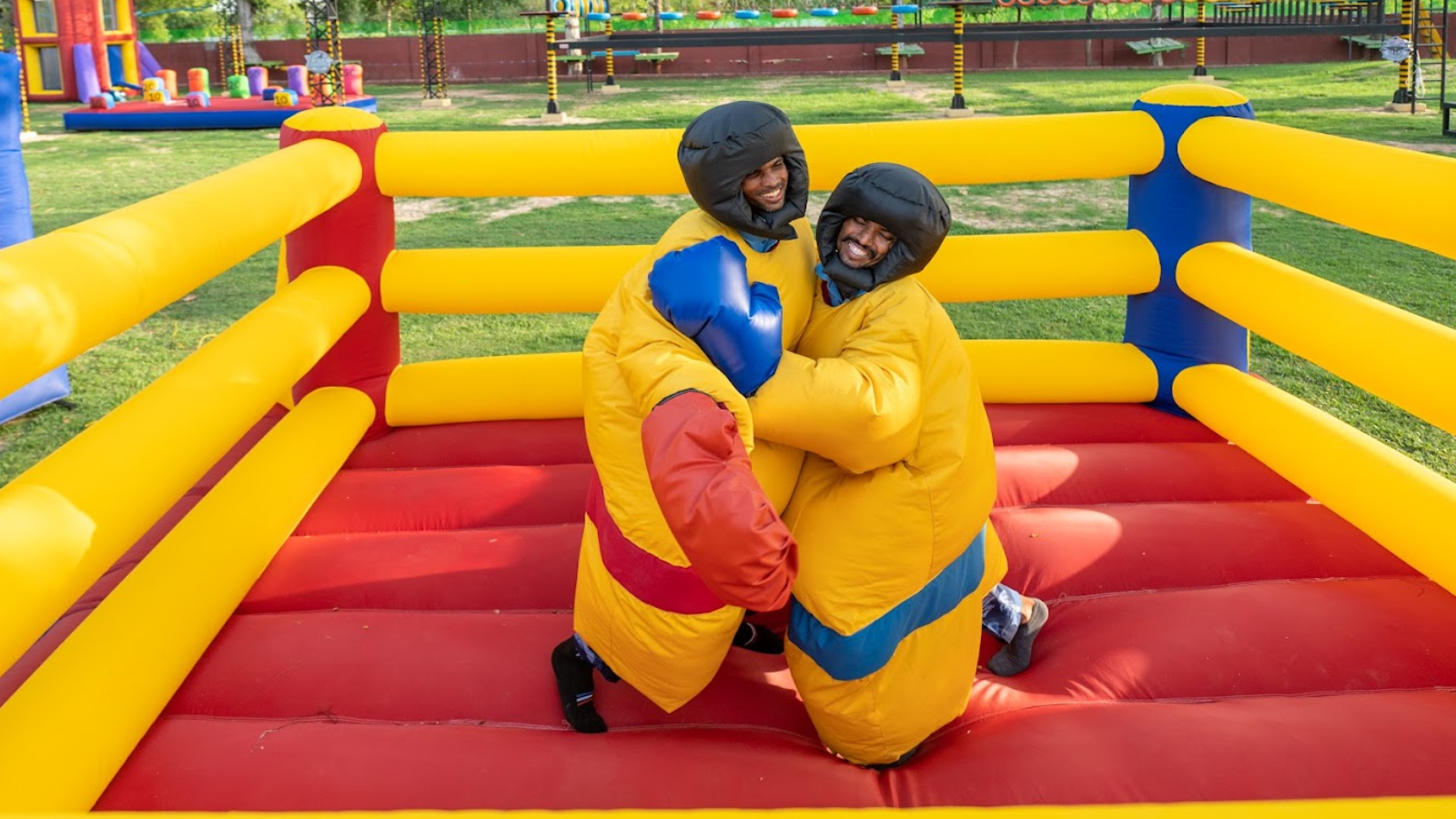Why to join a Climbing Gym and how to make most use of climbing walls at the gym to keep yourself fit?
Clinging onto a climbing wall for dear life is more than an adrenaline-pumping adventure—it’s a serious workout too. Research shows rock climbing on a climbing wall can provide an aerobic workout, build upper-body strength, and maintain cardiovascular fitness. Plus, figuring out the best way up the climbing wall gives your brain a mental workout as well.
Ready to try some Spider Man-style moves yourself?
This article will help you walk into your nearest climbing gym feeling totally ready to hit the climbing wall.
1. Choose what you like.
There are several types of climbing. You can try them all to see what you like the best. Rope climbing allows new climbers to cover a lot of distance on the walls. If you’re afraid of heights—rock climbing without ropes—is a great option since the climbing walls are shorter. Finally, in the great outdoors, you’ll do either sport climbing, where the climber follows routes that have pre-placed anchors, or traditional climbing, where the climber places his own protection along the route.
2. Get geared up.
It is absolutely important to wear adequate climbing gears especially proper climbing shoes before you begin climbing a wall. It is recommended to choose softer climbing shoes, so you’ll be able to get a better feel and grip on the wall. For bouldering on the climbing wall, the only other piece of equipment you need is a chalk bag, and you’re good to go. For Rope climbing, climbers also need a harness, lead rope, chalk bag, carabiner, and belay device—all of which should be available to rent at your climbing gym.
3. Learn how to work the ropes.
You must learn how to properly belay on the climbing wall. A figure-of-eight knot is used to secure the lead rope to the belayer’s harness. Keep your right hand (or left hand, if you’re a lefty) in break position below the belay device—and don’t let go! As the climber starts climbing on the wall, a slack gets created. The belayer needs to continuously pull the belay rope in order to provide safety to the climber and avoid a long fall. Make sure you keep your hands in such a position that you can lock the rope in case of a sudden fall.
4. Choose your route.
Routes labelled 5.5 or 5.6 are beginner routes, and the higher the number after the decimal point (like 5.12), the harder the climb. After selecting a path, begin with both hands on the start holds, keeping your feet off the ground. Then follow the same colour route up the wall. This is as per international standards and all Indian Gyms might not follow the course. You can keep changing your routes and increase the difficulty level as you become better at climbing the easier routes.
5. Engage your core.
When you are on the climbing wall your body would require serious upper-body strength, especially your core strength. Other necessary body parts you’ll need to function at their best are your fingers, hands, and upper body (arms, shoulders, and back).
6. Keep your arms straight.
A climber needs to keep basics in mind and start climbing the right way/ Keeping your arms straight while climbing is one such basic efficiency tool. Straight hands and bent legs are the way to go, generally, to become a good climber.
7. Plan your climb.
It is advisable to sequence the hand movements and identify all of the footholds on the wall before you embark on a climbing wall. As you gain more experience, you will be able to read sequences better, which is considered a great skill. Also try looking for clues: Which holds have chalk on them and which have rubber marks from shoes?
8. Learn the lingo.
It will be better for new climber to learn the climbing lingo in order to communicate better with belayer. Having this knowledge also helps you to climb easily in new setups as these are standard terms used across the world by climbers.
Climber: “On belay.”
Belayer: “Belay on.”
Climber: “Climbing.”
Belayer: “Climb on.”
Climber: “Take.”
Belayer: “Got.”
Climber: “Lower.”
Belayer: “OK, lowering.”
Climber: “Off belay.”
Belayer: “Belay off.”
9. Take a (safe) leap.
The climb down from the top of a climbing wall to the bottom can be daunting at first, but as long as you’ve taken all the safety precautions, you will be fine. When you’re ready to come down, alert your belayer (“lower“), straighten your arms, keep your feet against the wall, and let go with your arms.
Happy Climbing!

We have worked on major adventure park setup projects like DDA Yamuna Sports Complex, Ramjas Sports & Mountaineering Institute, Fitness First, Gulashan Homez, Spring Fields Apartment Bangalore, Success Adventures, Paras Buildtech, Xcapade Adventures Pushkar.
